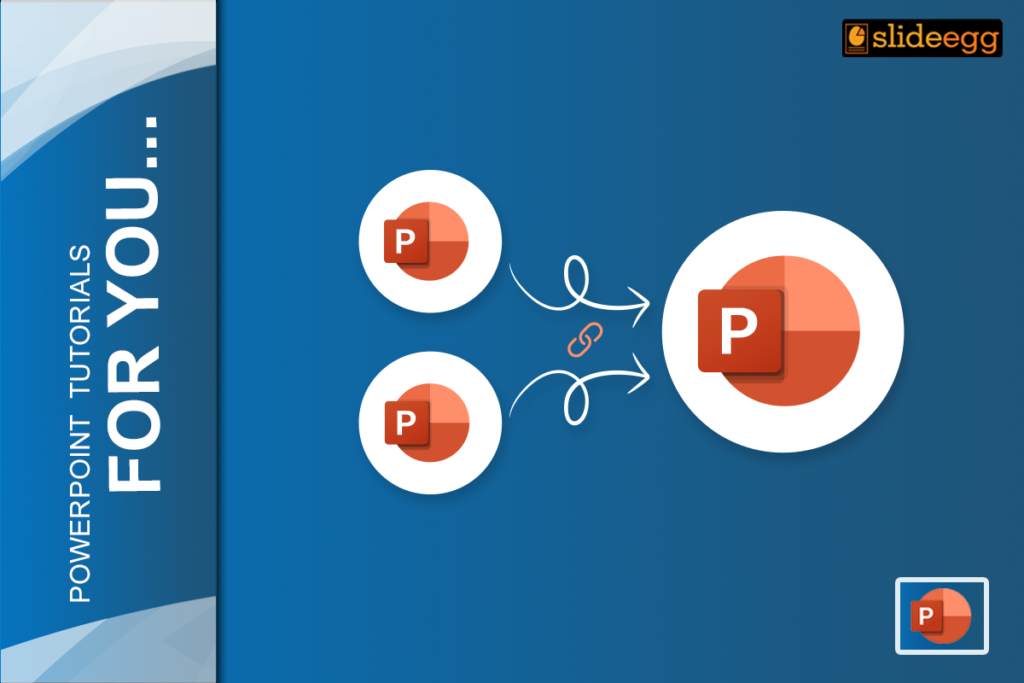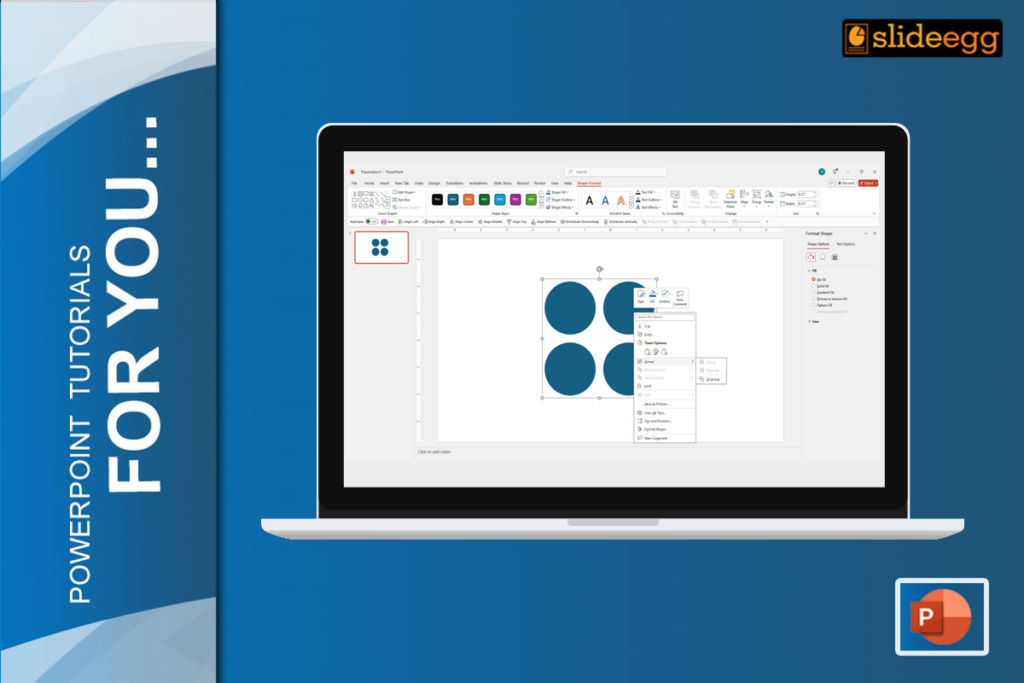Combining multiple PowerPoint presentations into a single file can be a daunting task, especially when dealing with numerous slides and different formatting styles. But with the right approach, you can streamline this process and create a cohesive presentation effortlessly. In this comprehensive guide, we’ll walk you through several methods to merge your PowerPoints, from basic copy-paste to advanced techniques.
Method 1: The Classic Copy and Paste
The most simple and easy way to combine PowerPoints is by using the good old copy and paste method. Here’s how:
- Open both presentations: Start by opening the main PowerPoint where you want to incorporate the slides from another presentation.
- Select and copy slides: In the presentation you want to merge, select the slides you need. Right-click and choose “Copy” or use the keyboard shortcut Ctrl+C.
- Paste into the main presentation: Go back to your main PowerPoint, click where you want to insert the copied slides, right-click, and select “Paste.”
Pro Tip: To maintain consistent formatting, try using the “Paste Special” option and choose “Keep Source Formatting.”
Method 2: Reuse Slides Feature
PowerPoint offers a built-in feature called “Reuse Slides” that simplifies the merging process. Follow these steps:
- Open the main presentation: Begin with the PowerPoint where you want to merge the slides.
- Access Reuse Slides: Click on the “Home” tab, then “New Slide,” and choose “Reuse Slides.”
- Select the presentation: Browse and select the PowerPoint file containing the slides you want to add.
- Insert slides: Choose the specific slides or insert all slides at once.
Method 3: Insert Object
For more complex scenarios, the “Insert Object” method can be helpful. Here’s how it works:
- Open the main presentation: Open the PowerPoint presentation where you’ll combine the slides.
- Insert Object: Go to the “Insert” tab, click on “Object,” and choose “Create from File.”
- Select the presentation: Browse and select the PowerPoint file you want to embed.
- Choose options: Decide whether to link the object to the original file or create a copy.
Method 4: Drag and Drop (For Similar File Locations)
If your PowerPoints are stored in the same folder, you can simplify the process by dragging and dropping slides.
- Open both presentations: Have both PowerPoints open side by side.
- Select and drag: In the source presentation, select the slides you want to move. Drag and drop them into the desired location in the main presentation.
Method 5: Compare and Merge (Advanced)
PowerPoint’s “Compare” feature offers a more advanced way to combine presentations while highlighting differences. This method is particularly useful when merging multiple versions of the same presentation.
- Open the main presentation: Start with the PowerPoint you want to use as a base.
- Access Compare: Go to the “Review” tab and click on “Compare.”
- Select presentations: Choose the PowerPoint files you want to compare and merge.
- Review and merge: PowerPoint will display the differences between the presentations, allowing you to select the slides you want to keep.
Tips for a Seamless Merge
- Maintain consistency: Ensure a uniform look and feel by applying the same theme and formatting styles to all slides.
- Check for duplicates: Avoid redundant information by reviewing the content before merging.
- Proofread carefully: After combining the presentations, thoroughly proofread for errors and inconsistencies.
Conclusion
By following these methods and tips, you can effectively combine multiple PowerPoints into a single, well-organized presentation. Choose the approach that best suits your needs and enjoy the benefits of a streamlined workflow.
Visit our tips & tricks page to discover additional presentation hacks that can elevate your skills. If you are working on the Google Slides platform, we hope our blog on “How to Connect Multiple Google Slides into One” will help you achieve this.
By mastering the art of combining PowerPoints, you’ll save time, improve efficiency, and create impactful presentations that leave a lasting impression on your audience.







